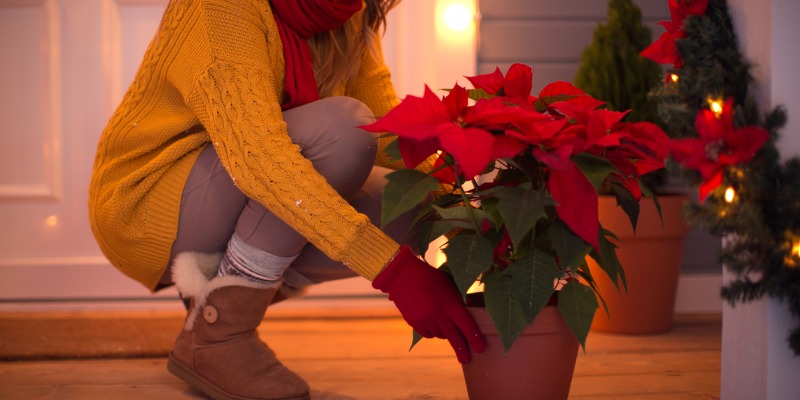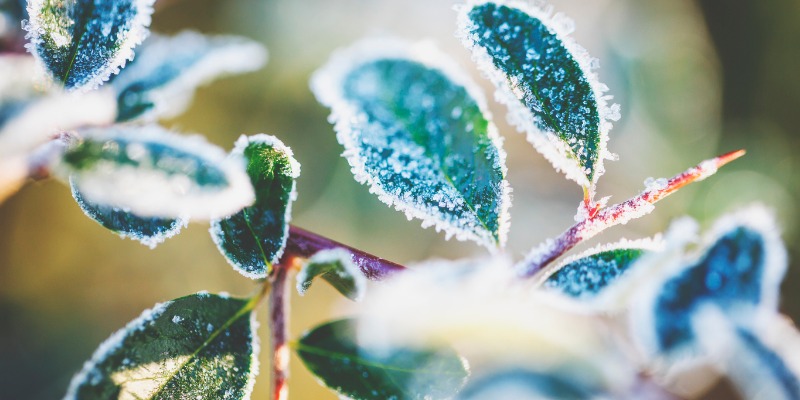Winter tends to be associated with chilly, dull landscapes. But there is no reason for your estate to lack beauty, even during the coldest months. By incorporating the use of colourful winter urns and planters with hardy winter plants such as pansies that can withstand these conditions, you can have gorgeous displays straight through until spring. The experts at Lawrence Park can help you grow outdoor winter plants to keep your home looking warm and lively year-round. With our seasonal urns, you can create eye-catching curb appeal with minimal upkeep.
Four Winter Plants for Your Planters
Here are four festive winter plants you can fill planters with to bring your winter landscape to life.
1. Winterberry
Winterberry, also called Ilex verticillata or ‘Red Sprite’, is native to North America and will bring a bounty of bright, round, red berries to your garden. In late spring, small white flowers bloom with dark green leaves. In the fall, red leaves appear, and by winter only red fruits remain. Different winterberry varieties have orange or yellow berries. This is a medium-sized shrub that will grow 4-5 feet by 3-7 feet, so be sure to plan for enough space to let it spread.
2. Winter Pansies
Winter pansies will give you a glimpse of purple or yellow blooms year-round. With proper shelter, lighting and soil conditions, these flowers will come to life while everyone else’s front yard is covered with snow. Through the winter, these pansies dig deeply into the soil to build a strong root system, making them really pop when the cold temperatures thaw. Plan to plant these seeds in the summer for winter flowering.
3. Winter Rye
Winter rye is a hardy grain that can survive in -30 C conditions. This plant is typically planted in the fall and can do wonders for your garden in spring. Winter rye is a great cover crop, as its root system protects from soil erosion, and the plant contains and exudates substances into the soil that control for weeds. Plus, it is considered a green manure for all the nutrients and organic matter it brings to the soil. Rye grows quickly but will go dormant when freezing temperatures hit. It should be kept 6-12 inches tall.
4. Japanese Yew
Is there a better colour combination than evergreen against snow white? Japanese Yew, also called Taxus cuspidate, can really withstand cold temperatures. They add a deep, resonating green colour and stunning needle texture to your winter garden. They respond well to pruning and can be artfully shaped to add a unique touch to your home, and really make a statement!
Tips to Design Your Space for Winter Plants
Here are a few tips for how to arrange your space and planters to get the most out of their beauty:
- Position your winter urns in places where you will see them, keeping in mind cold winter months are mostly spent inside with short treks outside and to the car. These spaces can include beside the main front or side doors, the garage, and along pathways.
- Place urns near windows to see them from inside, adding a festive pop of colour and charm when you and your guests are staying warm indoors.
- Positioning your winter urns in the right places will allow you to enjoy the fruits of your landscaping labour and liven up your neighbourhood. It may inspire your neighbours to do the same!
Need More Tips?
For more winter plant tips and other ways to spruce up your garden in the winter, please visit our website or contact us to set up a consultation today!

